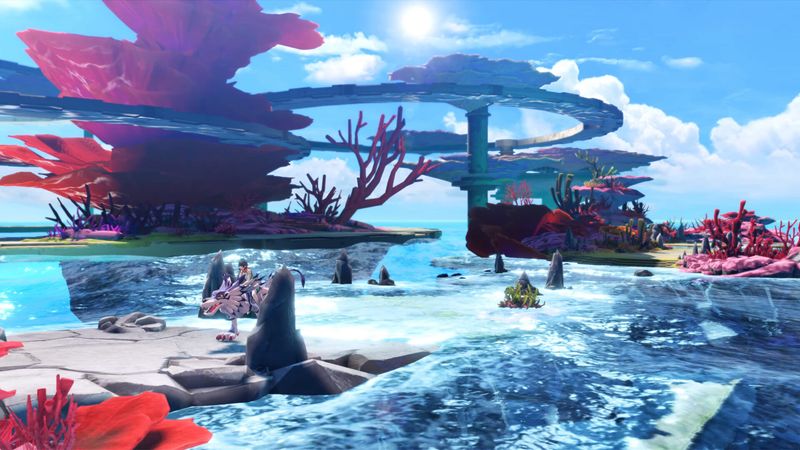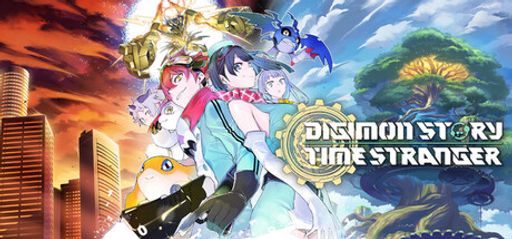Hey friends! I’m here today with my cozy take on the newest Digimon RPG, Digimon Story Time Stranger. I’ve spent many afternoons bouncing between the human world and the Digital World, raising my favorite Digimon and chasing a mystery that’s equal parts sweet and suspenseful. If you like gentle RPG vibes with a dash of monster collecting, let me share what stood out—and what fell a bit flat—in my playthrough.
Overall Impressions
What hooked me first was the sense of discovery. From the moment you step into your hometown, you’re swept into a digital dimension. You’re drawn to piece together clues while building your Digimon team. It’s cozy in that “I’ve got pals to train” way, but mystery keeps you turning pages—or screens. Compared to other monster-raising RPGs like Pokémon or earlier Digimon Story titles, Time Stranger leans more on exploration and puzzle-solving. I loved the mix of laid-back town life (chatting with NPCs, fishing mini-games) and tense digital dungeon runs. A few spots dragged—mid-game fetch quests especially—but overall, it’s a smooth, feel-good ride with enough challenge to stay interesting.
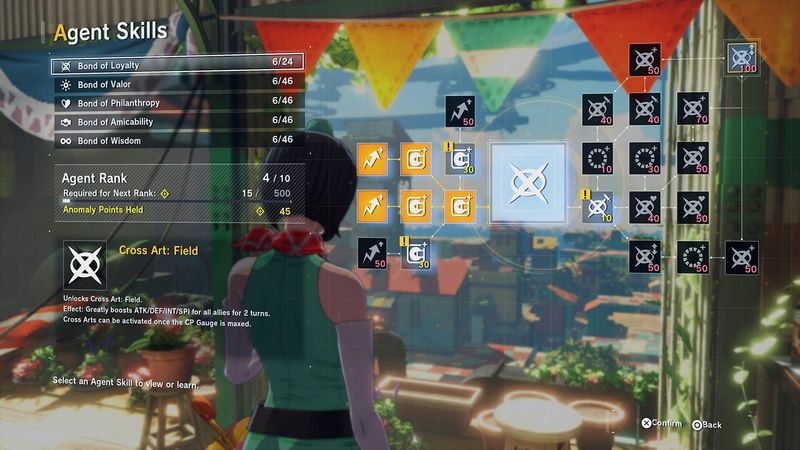
Gameplay Mechanics
Battles are turn-based with a twist—you can link special moves between two compatible Digimon for extra firepower. I had fun testing pairings in the adventure shrine, a safe place for experiments. Training and evolving feels rewarding with no random stat walls. I hit one snag when evolving a rare Digimon and needed an item I hadn’t unlocked yet. It pushed me toward side quests and hidden caves I might have skipped. The interface is friendly, though the inventory could use better sorting. Still, it’s intuitive enough for new players to feel at home.
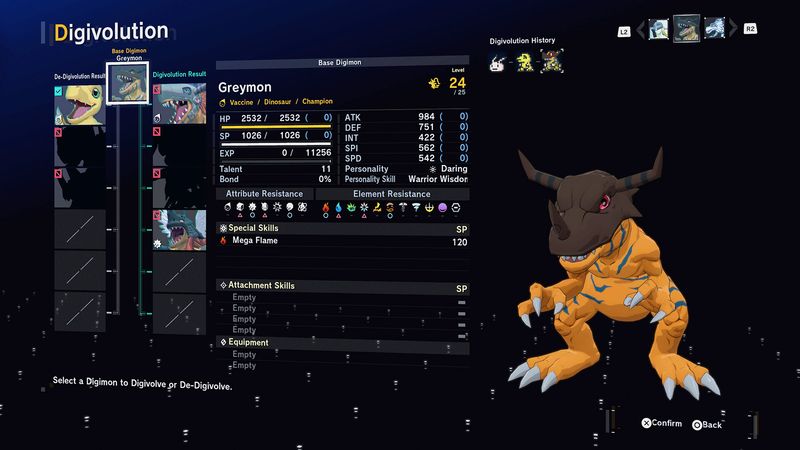
Story and Characters
The main plot starts with the classic “ordinary kid meets extraordinary digital buddy” setup. It soon expands into a deeper mystery about time anomalies in both worlds. I bonded with my partner Digimon—mine was “Miso,” a Gatomon hybrid—thanks to sweet moments like snack-feeding scenes. The human cast is mixed: your childhood friend gets heartfelt moments, while the rival starts flat but improves with backstory. Media.Vision weaves in lessons on trust, teamwork, and accepting help. No one’s edgy or brooding, keeping the tone breezy and cozy.
Visuals and Graphics
The art style is bright and colorful without overusing neon. Towns feel like storybooks—soft edges, pastel tones, and fluttering leaves. The Digital World pops with vibrant hues and sharper lines, making it feel distinct. Battles feature dynamic camera angles and sparkly special attack effects. I often paused to admire the lighting. It’s not realistic, but it doesn’t try to be. Instead, it lands perfectly between charming and polished.
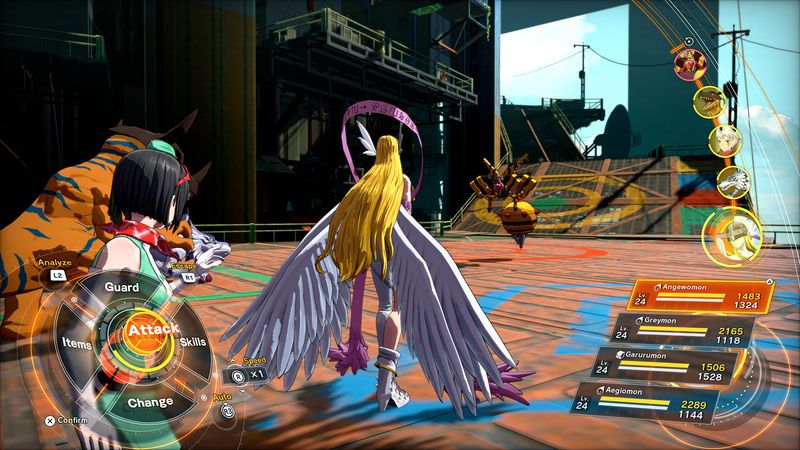
Sound and Music
Oh, the soundtrack is a delight. I looped the café theme more times than I’d care to admit—it’s mellow piano mixed with a gentle guitar riff that feels like a hug. When you enter a Digital World dungeon, the music shifts to a bouncier electronic beat that still stays in the background, letting you focus on strategy. Sound effects are crisp—Digimon cries are cute, not shrill—and you even get a few voiced lines in key story moments. It’s not full voice acting, but the little voice clips add personality without dragging down the pace.
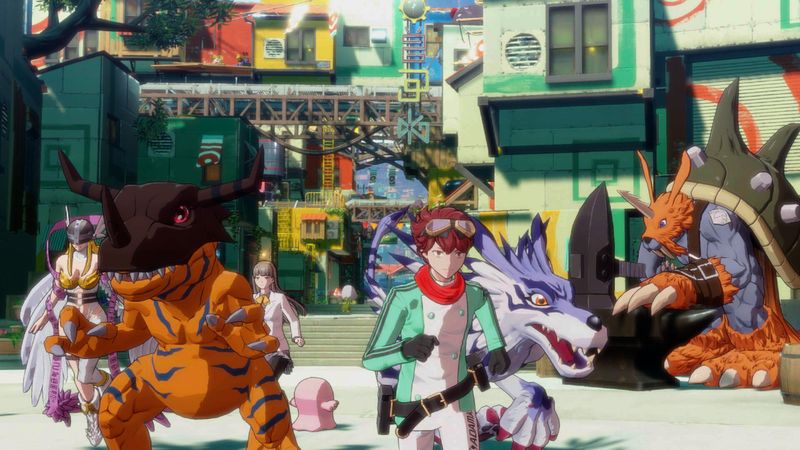
Difficulty and Replayability
I found the difficulty curve pretty balanced. Early bosses were a breeze, but later on you need to pay attention to element strengths, special move timing, and team makeup. I died once in an optional dungeon because I tried to breeze in underleveled—lesson learned! There are lots of hidden Digimon to catch and side stories to finish, so I’ve already clocked about 30 hours and I’m loving the urge to go back and find every secret. There’s also a post-game challenge area where the opponents scale up if your team is strong—perfect for players who want a real test.
Bonus Trivia and Behind the Scenes
Did you know Media.Vision developed the original Wild Arms series? Their knack for mixing a warm narrative with solid RPG mechanics definitely shines through here. Bandai Namco even brought in guest artists who worked on the older Digimon anime to polish the cutscenes, which is probably why those story moments feel extra special.
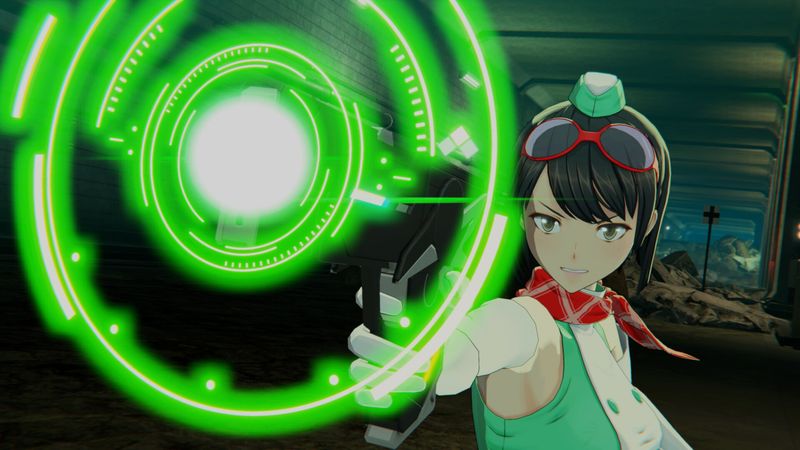
Final Thoughts
If you’re looking for a gentle, fun RPG with friendly Digimon companions, some neat puzzle elements, and an art style that soothes your eyes, Digimon Story Time Stranger is calling your name. It’s not perfect—there are a couple of pacing hiccups, and I’d love a few quality-of-life tweaks—but the overall experience is cozy, engaging, and full of heart.
Rating: 4 out of 5 stars
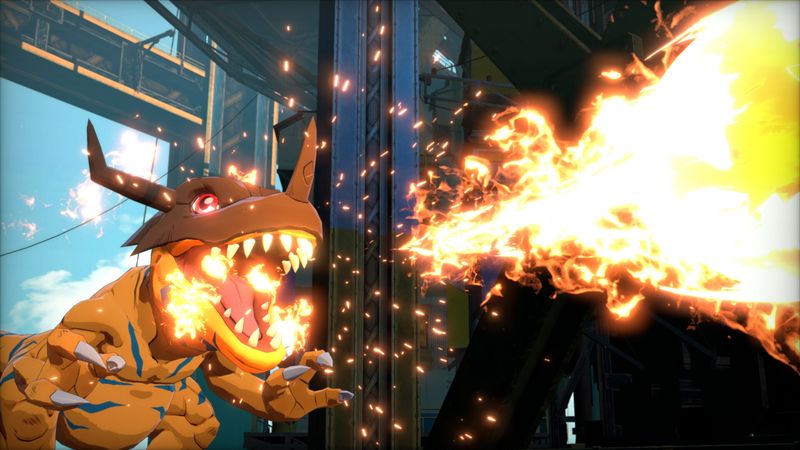
Pros: Charming art, balanced gameplay, lovely music, great for fans new and old.
Cons: Occasional slow fetch quests, minor UI annoyances.
Hope this helps you decide if you want to give Time Stranger a try. Until next time, happy gaming! – CasualPlayer23
